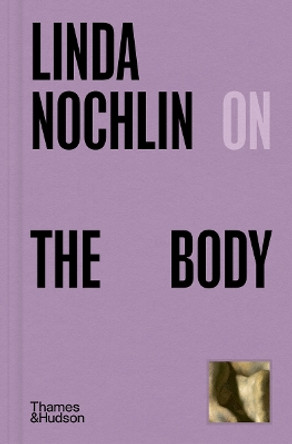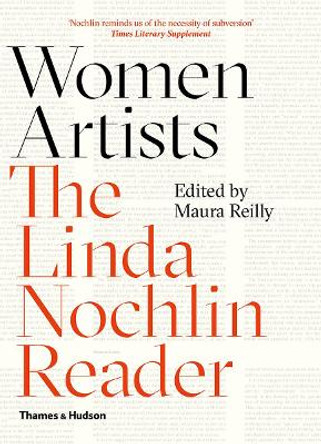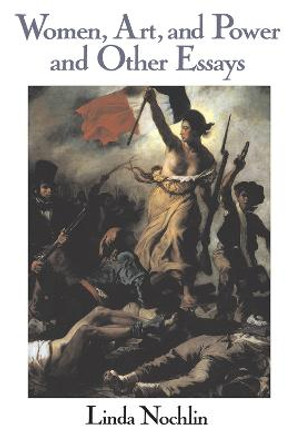Description
To the eye of some viewers, Renoir's Great Bathers are the very picture of female sensuality and beauty. To others, they embody a whole tradition of masculine mastery and feminine display. Yet others find in the bathers a feminine fantasy of bodily liberation. The points of view are many, various, occasionally startling-and through them, Linda Nochlin explores the contradictions and dissonances that mark experience as well as art. Her book-about art, the body, beauty, and ways of viewing-confronts the issues posed in representations particularly of the female body in the art of impressionists, modern masters, and contemporary realists and post-modernists.
Nochlin begins by focusing on the painterly preoccupation with bathing, whether at the beach, in lakes and rivers, in public swimming pools, or in bathtubs. In discussions of Renoir, Manet, Cezanne, Bonnard, and Picasso, of late-twentieth-century and contemporary artists such as Philip Pearlstein, Alice Neel, and Jenny Saville, of grotesque imagery, the concept of beauty, and the body in realism, she develops an interpretive collage incorporating the readings of differing, strong-willed, female viewpoints. Among these is, of course, Nochlin's own, a vantage point subtly charted here through a longtime engagement with art, art history, and artists.
In many ways a personal book, Bathers, Bodies, Beauty brings to bear a lifetime of looking at, teaching, talking about, wrestling with, loving, and hating art to reveal and complicate the lived and felt-the visceral-experience of art.
About the Author
Linda Nochlin was Lila Acheson Wallace Professor of Modern Art at the New York University Institute of Fine Arts. Her many books include the 1972 classic Realism.
Reviews
It is a pleasure to hear Nochlin thinking aloud even where she is deliberately inconclusive. Particularly absorbing is her examination of Trouville, a liminal dream-kingdom which in the 1860s rapidly became both Paris by the sea and a potentially perilous vantagepoint from which the sublime vastness of the Atlantic Ocean might be glimpsed. A sceptic could point out that she reads a lot into Monet's ambiguous use of perspective in his Hotel des Roches Noires of 1870, but it is a rare pleasure to encounter anyone thinking seriously about Monet at all. Similarly, the motif of the bather (in the sense of bath-taker rather than swimmer) provides a springboard for a highly original reading of Pierre Bonnard, another artist often dismissed as a woolly-headed sensualist... [Nochlin has a] knack for looking at canonical artists from fresh perspectives. -- Keith Miller * Times Literary Supplement *
Awards
Nominated for PROSE Awards 2006.
Book Information
ISBN 9780674021167
Author Linda Nochlin
Format Hardback
Page Count 352
Imprint Harvard University Press
Publisher Harvard University Press








